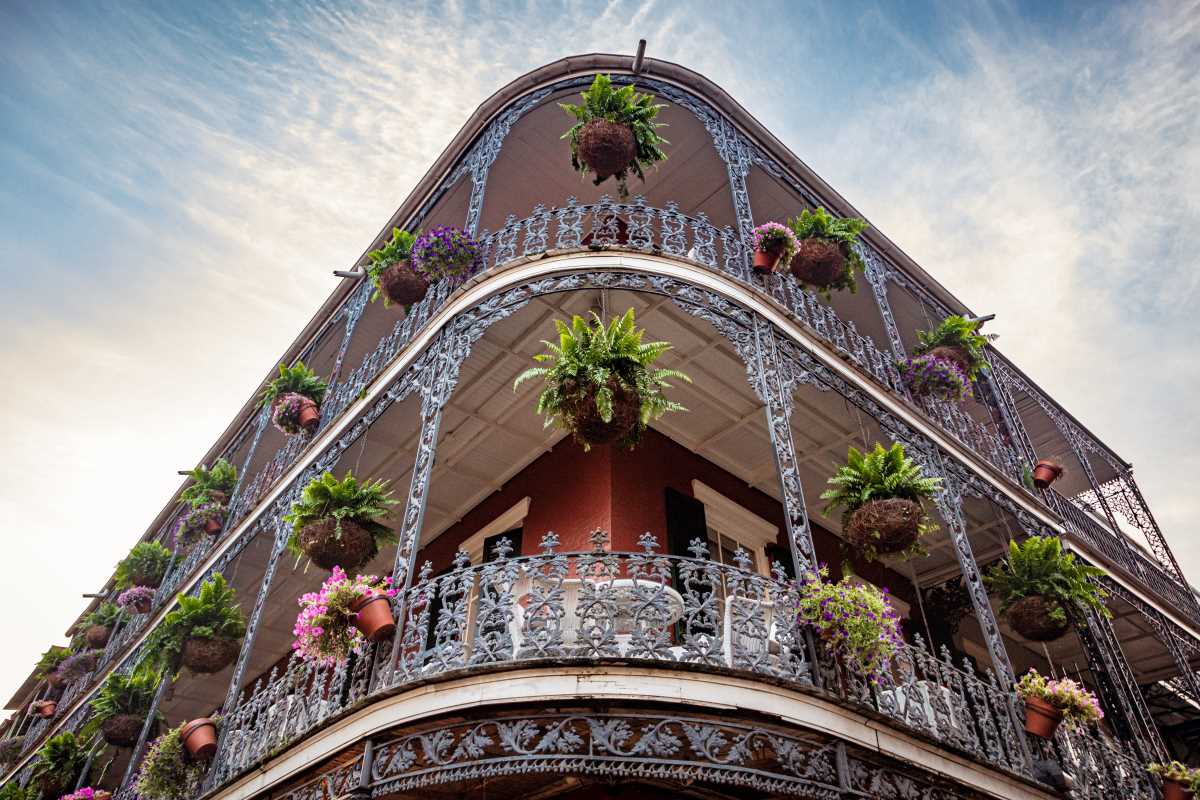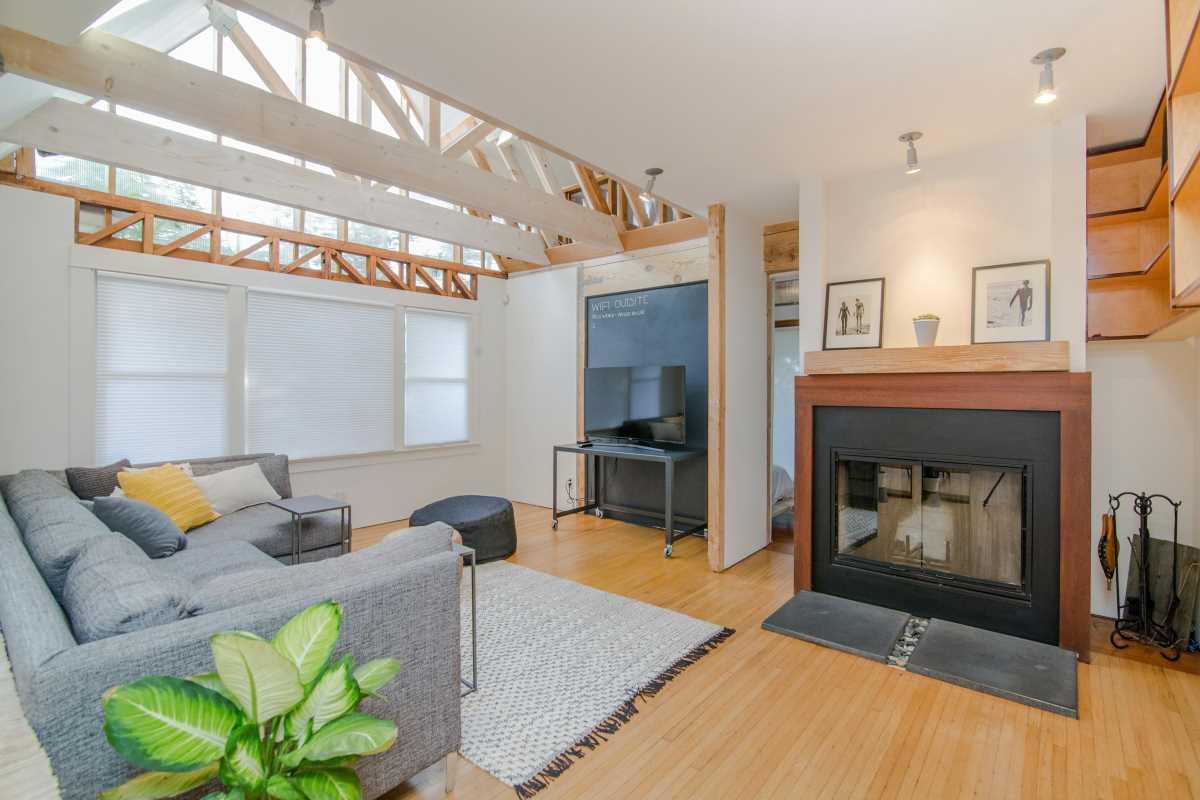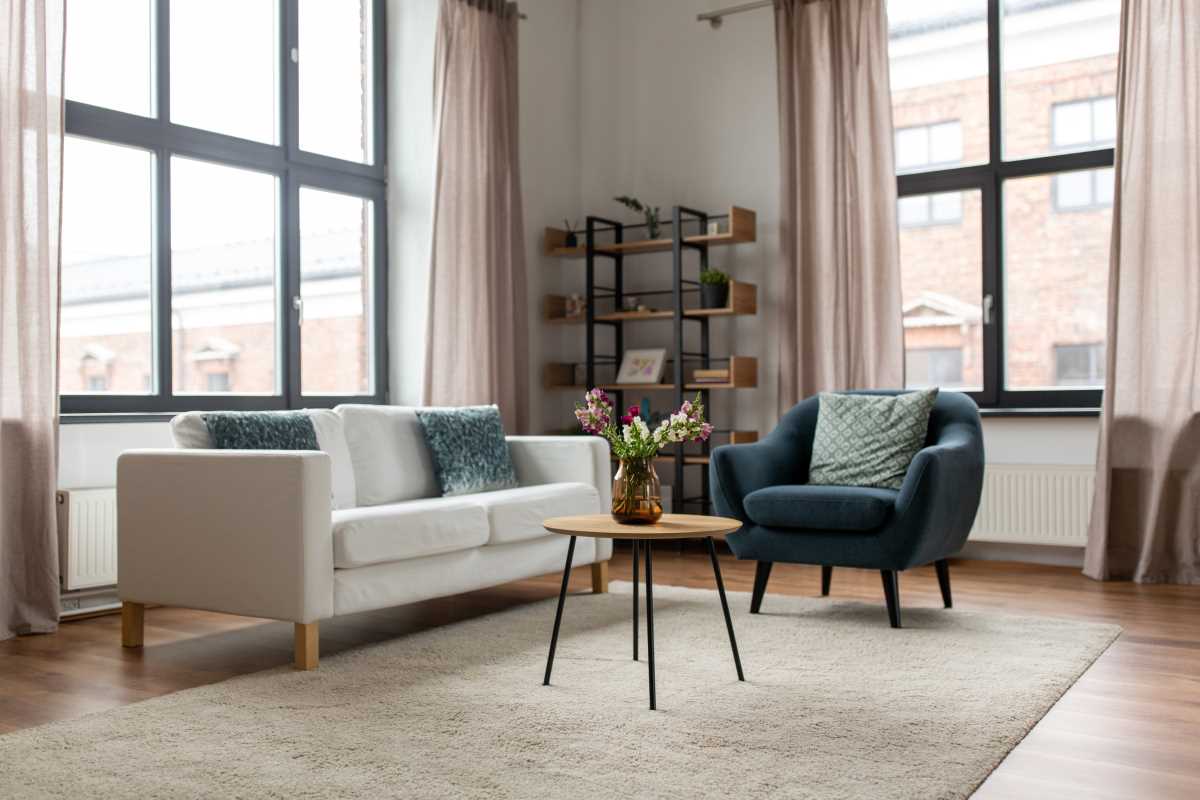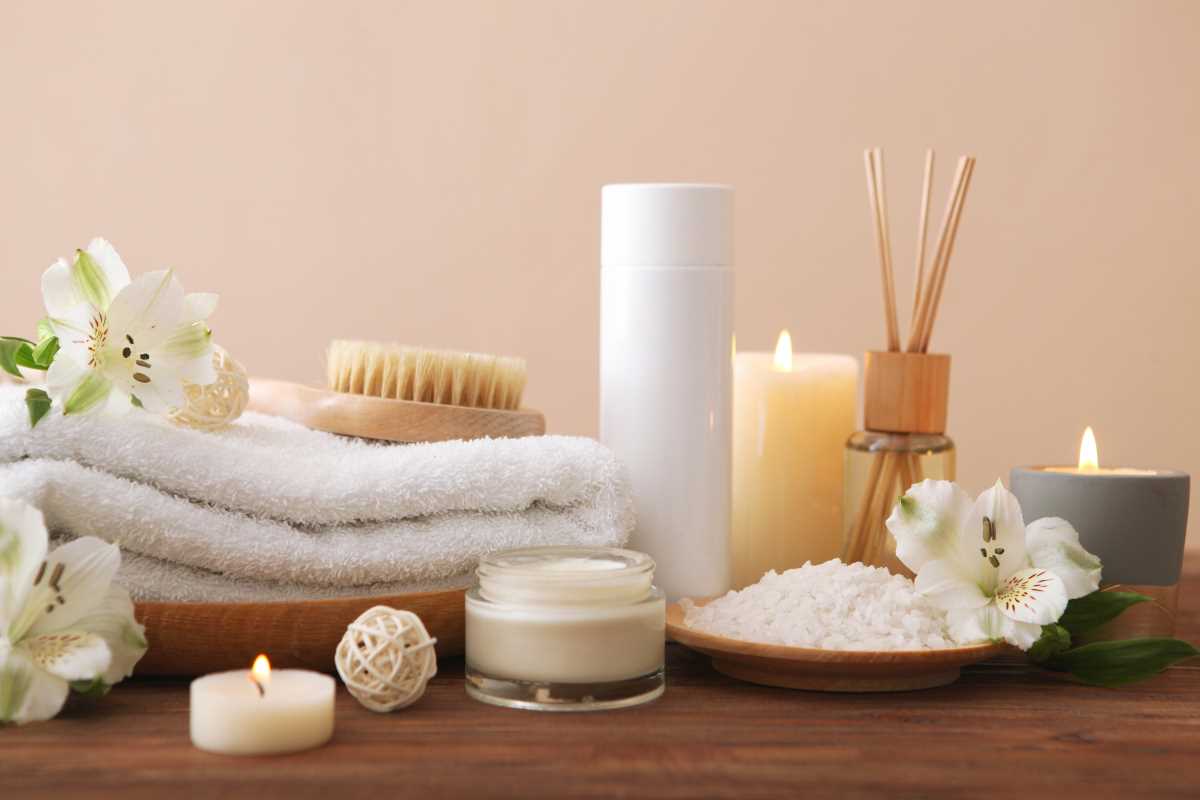Every small outdoor space holds the potential to become a personal retreat that delights the senses. When greenery spills over pots, sunlight glimmers on dew-kissed leaves, and the aroma of fresh herbs drifts through the air, even the humblest balcony or patio feels inviting. Turning a stretch of plain concrete into a lively garden brings daily comfort and a sense of calm, proving that a limited footprint does not limit beauty or relaxation. With a few thoughtful touches, any compact ledge can overflow with color, texture, and the gentle energy that plants bring, creating a welcoming spot to unwind and recharge.
Quiet green corners that change everything
You don’t need acres to feel enveloped in greenery. A handful of well-chosen plants can turn an urban balcony from bland to botanical sanctuary. Arranging foliage at varying heights creates a layered effect, drawing the eye upward and making the space feel larger. Group containers by color or material—think terracotta mixed with sleek metal—to add visual harmony. Incorporate a small folding stool or cushion in a calm corner to invite reading or morning coffee among leaves.
Pair glossy-leafed plants with delicate blooms to balance texture. Stagger a fern’s feathery fronds beside a trailing ivy that spills gracefully over a railing. That juxtaposition sparks interest and hints at hidden depths waiting to be discovered. Swap out plain railing covers for slatted wooden panels to give hanging planters a fresh backdrop, or mount a slim vertical frame for cascading succulents. By emphasizing varied shapes, shades, and heights, you’ll create an oasis on even the tiniest ledge.
Rotate potted arrangements every few weeks so each plant enjoys optimal sunlight and no corner feels stale. A morning sun–soaked cluster of rosemary, sage, and lavender rewards you with aromatic breezes, while afternoon shade lovers like caladium and peace lily perk up later in the day. And for a finishing touch, position a low stool or small side table within this vignette. That simple seating choice transforms a plain balcony into a cherished nook where you’ll linger longer amidst quiet greenery and occasional fluttering pollinators.
Essential Steps for Balcony Success
Soil Preparation
- What to do: Mix well-aerated, nutrient-rich soil by blending equal parts compost, coconut coir, and organic potting soil.
- Steps: Stir gently to distribute moisture evenly and fill containers within two inches of the rim to prevent spillover during watering.
- Cost/Availability: Around $15–$20 per bag at garden centers.
- Insider tip: Add worm castings to boost microbial activity and improve plant health.
Container Selection
- What to do: Choose pots with drainage holes that match your plant’s root spread.
- Steps: Measure root balls before purchasing (20–24 inches wide for most herbs, 12–14 inches for petunias). Opt for lightweight fiberglass or resin pots for easy movement.
- Cost/Availability: About $12–$25 each.
- Insider tip: Drill extra drainage holes in thrifted ceramic pots to repurpose secondhand finds at minimal cost.
Sunlight Mapping
- What to do: Track daily light patterns by noting hours of direct sun and shade.
- Steps: Mark sunniest and shadiest zones on a simple sketch of your balcony, then match plants accordingly (tomatoes need 6–8 hours, begonias thrive with 3–4).
- Insider tip: Attach a weatherproof whiteboard near the door to update light notes throughout the season.
Watering Routine
- What to do: Use a moisture meter to monitor soil wetness at a two-inch depth.
- Steps: Aim for 40–60% readings, water in the morning to reduce fungal risk, and provide 1–2 quarts per medium pot depending on size and temperature.
- Insider tip: Place a slim rain gauge in a corner to measure rainfall and adjust hand-watering accordingly.
Vertical Support
- What to do: Install trellises or tension rods for climbing vines like nasturtiums or clematis.
- Steps: Secure supports to walls or railings with adjustable clamps, and train plants by gently tying new growth with soft garden twine.
- Cost/Availability: $10–$30 per support.
- Insider tip: Use color-coordinated ties to blend supports seamlessly into your balcony design.
Pest Patrol
- What to do: Check leaves weekly for early signs of aphids or spider mites.
- Steps: Mix two teaspoons of liquid castile soap per quart of water to create a mild insecticidal spray. Apply in the morning and rinse foliage after two hours.
- Insider tip: Place an overturned pot as a trap for snails near tender seedlings.
From soil to sunlight: mastering the basics
A healthy garden starts with a solid foundation. Loosen compacted earth or container medium to allow roots to spread freely. Work in slow-release organic fertilizer granules that provide steady nutrients over several weeks.
Then, match lighting to each plant’s preferences. Moving a pot just a few feet can make a difference between wilted herbs and a bountiful harvest. When direct sunlight scorches leaves, soften it with light fabric curtains or place containers behind frosted glass panels for gentler rays.
Plant at the right depth so new roots sit comfortably without crowding. For transplants, dig a hole twice the root ball’s diameter, fill gently, and press soil down evenly to eliminate air pockets. Water deeply right after planting to encourage root growth. This process results in strong plants that resist stress from wind, heat, and unpredictable weather.
Monitor soil temperature by slipping a stem thermometer into the mix. Aim for 65–75°F for most vegetables and flowers. If temperatures climb higher, provide shade during peak sun hours with a removable awning or shade cloth. Listening to these small cues helps you maintain a stable environment that supports healthy growth and lush foliage.
Remember to rotate containers monthly so every side gets sunlight. This simple habit encourages balanced growth and prevents plants from leaning toward the brightest spot. Regular rotation also helps you spot pests or diseases early on previously hidden foliage, making treatment easier.
For extra plant vigor, mix a teaspoon of liquid seaweed extract into watering cans monthly. The natural minerals boost stress resistance and encourage root development. Over time, you’ll see stronger stems, glossier leaves, and more blooms across your pots.
Creative space-saving tools and tips
Urban spaces require clever equipment to make the most of every inch. Install modular floating shelves on walls to display cascading succulents or trailing vines above head height. Each shelf holds multiple small pots without crowding the floor.
Think about fold-out benches with built-in planter boxes. These serve as seating and greenery sources during gatherings. Choose collapsible models that hinge flat against the wall when you need extra space.
Seasonal Upkeep and Troubleshooting
Adjust plant choices with the seasons, swapping in hardy options for cooler months and protecting roots from frost. Monitor soil pH to address yellowing leaves, and review watering habits to avoid common mistakes. With mindful care, your space adapts beautifully, turning each season into a chance to refresh your greenery.







